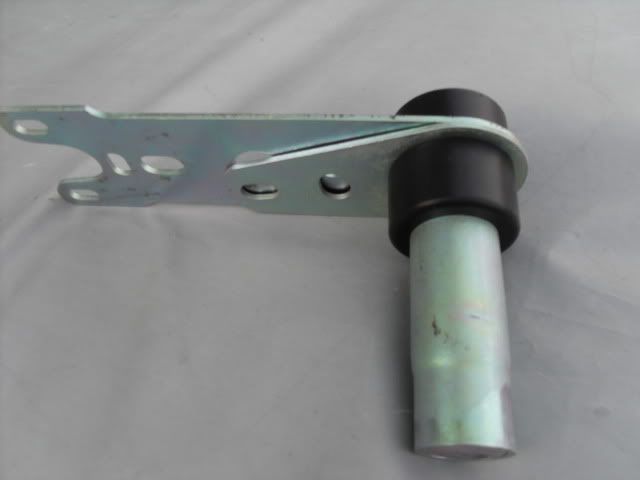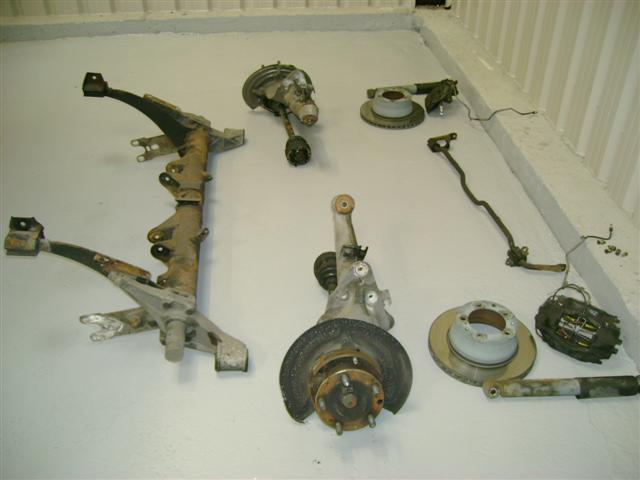ORIGINAL: Jonny944CS
I'm doing a refurbishment of the rear suspension on my 944 Turbo. Most of it is pretty clear either needs shot blasting and re-painting or replacement if it is a bush etc. But the parts in the picture above are rubber metal bondings and unless I am mistaken I would need to replace the whole part as the rubber doesn't seem to want to come off. Is this the case?
Just another option to confuse you [&:] :
IMHO the rubber on your spring plates looks to be in very good condition from your pictures. I have seen them much worse; replacement should be considered when the rubber has cold flowed, collected at one end, and or severely distorted the shape. When assembled the compression/interference on the rubber is huge, ensuring a nice tight fit and the are designed to twist, not rub/abrade.
For me, you can't beat the original bonded rubber for durability, NVH, ease of rebuilding and pain-free suspension set-up. The rubber provides a critical, friction free bearing/damper that will continue to resist years of abuse. Alternative materials or non bonded rubber will be compromised for normal use, in my view. If you are on a smaller Ø torsion bar, moving to a thicker 25.5 bar will give a similar improvement in wheel control (due to its higher bending stiffness) combined with a less harsh ride.
To clean the plates you could remove the fixings and give them a careful shot blast. The whole unit can then be plated, as rubber is not affected by the process (this is how they would have been manufactured originally).











